Antoine Plamondon (1804-1895)
Do you think you may own a painting by Antoine Plamondon?
We Perform Antoine Plamondon art authentication. Antoine Plamondon appraisal. Antoine Plamondon certificates of authenticity (COA). Antoine Plamondon analysis, research, scientific tests, full art authentications. We will help you sell your Antoine Plamondon or we will sell it for you.

Antoine Plamondon was a Canadian painter born in L’Ancienne-Lorette. Plamondon has been called one of the greatest figures of 19th century art in Quebec.
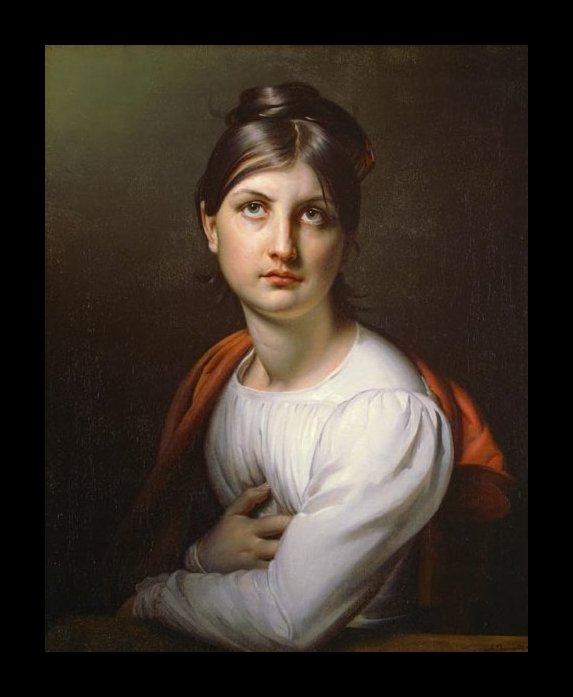
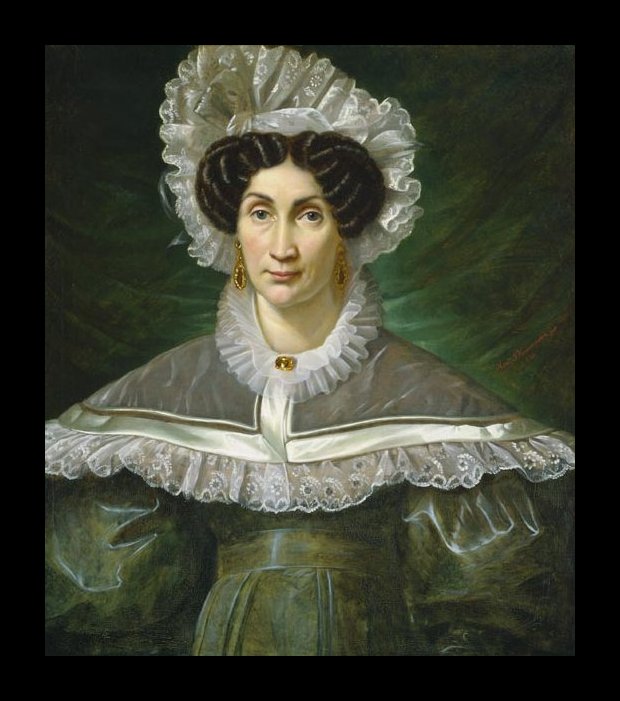
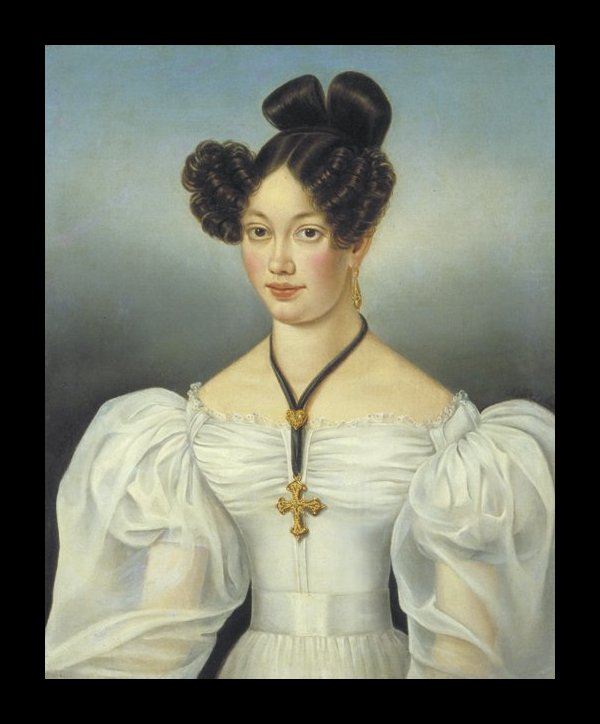
He began his career as an artist working under painter Joseph Légaré in 1819 in Québec City. Plamondon traveled to Paris in 1826 where he began to study under Paulin-Guérin. While in Paris, he was able to study the works of the Old Masters at The Louvre. In 1830, Plamondon returned to Québec City and began to establish himself in the art community. He eventually earned a reputation as a respected portraitist of the elite and bourgeoisie, and also copied a number of religious as well as secular paintings.
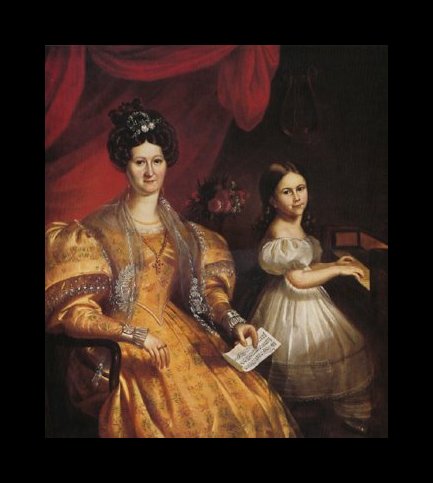

During this time, he also had apprentices such as Théophile Hamel and also was a drawing instructor at various schools of art. Plamondon was also heavily involved in politics, and often used the press as a means of promoting himself and his style.
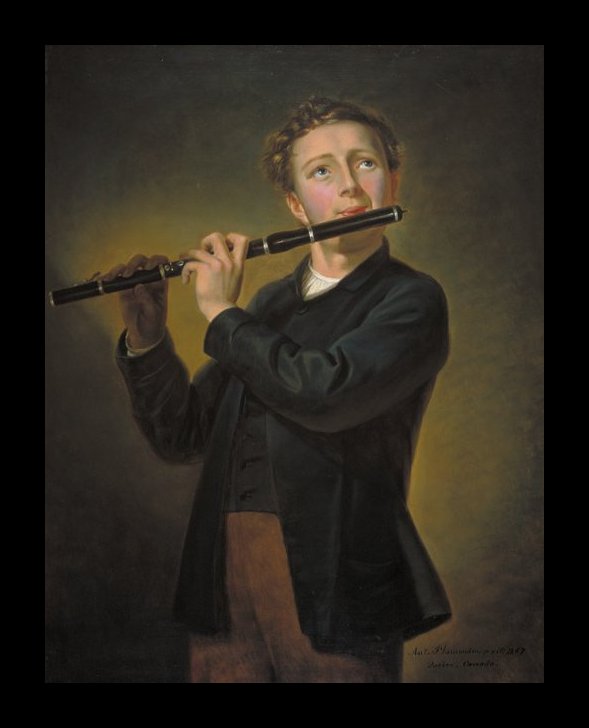

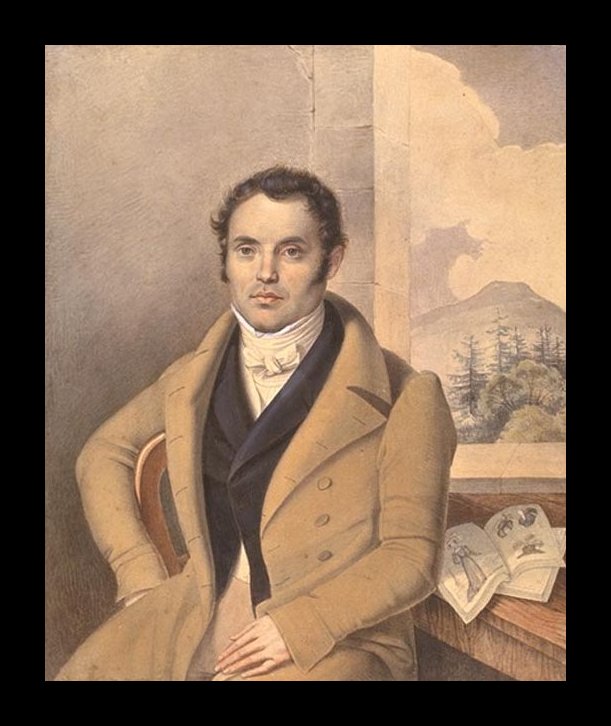

Plamondon was a fervent polemicist, and was often writing to newspapers expressing his beliefs in politics, religion and philosophical matters. Despite his brazen self promotion, Plamondon was eventually forced to leave his studio in 1851 due to increasing competition. He moved to Pointe-aux-Trembles (now Neuville) and surprisingly became a very successful farmer.
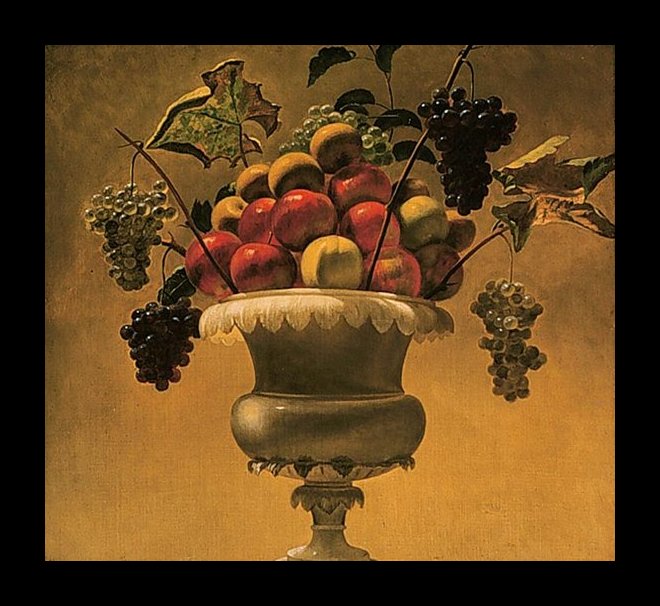

Despite the fact that Plamondon was now a farmer in the country, he still maintained his status as a painter. He would often use photographs during this time to complete his still life and genre scenes. In 1880, he was given the honor of his lifetime when he was appointed as the founding Vice President of the Royal Canadian Academy of Arts. He retired five years later and died at the age of 91.
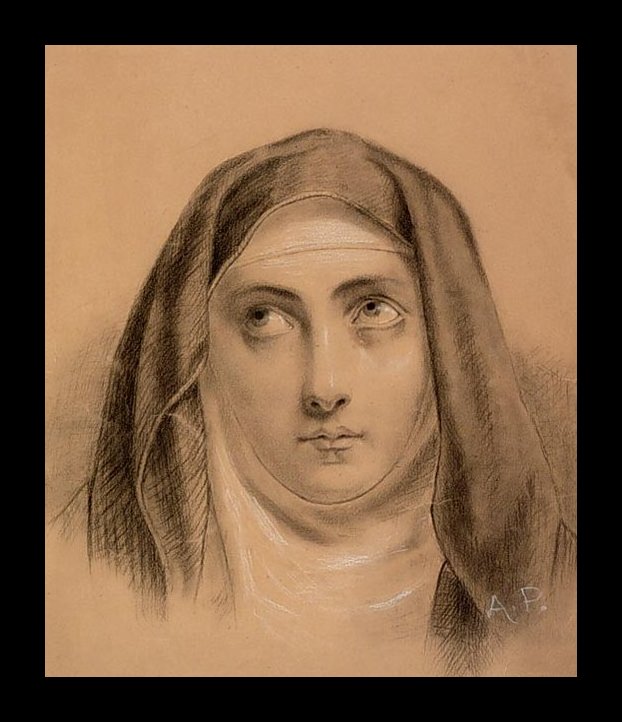
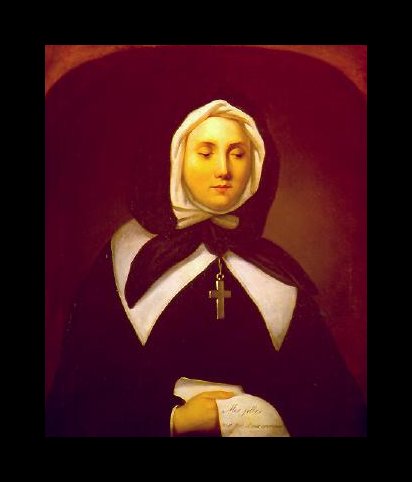
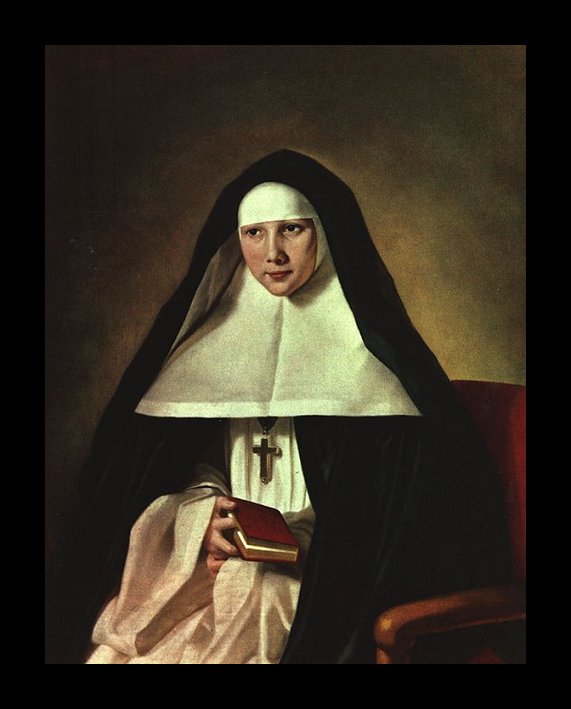
Plamondon is particularly remembered today for his fine portraits, which included depictions of nuns as well as of wealthy aristocrats. His portrait “Sister St. Alphonse” is an exceptional example of the neo-classical style that Plamondon used, and included religious elements such as a triangular composition. The book that the sister is holding is also a signal of her religious devotion, and the use of light and modeling of the subject was also a sign of her otherworldly affiliations. The same triangular composition, lighting and religious iconography can be seen in his painting “Saint Francis Xavier Preaching in India.”
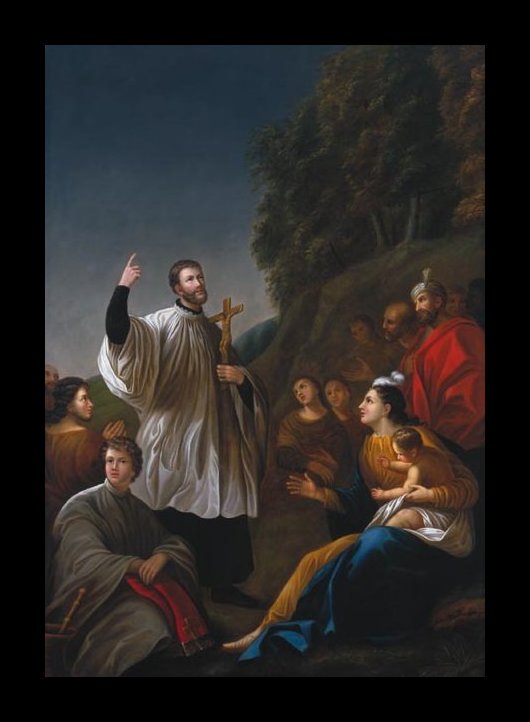
Today his work is housed in public and private collections worldwide, and perhaps in your own home. Still wondering about a 19th century Canadian portrait in your family estate? Contact us…it could be by Antoine Plamondon.
Reviews
1,217 global ratings
5 Star
4 Star
3 Star
2 Star
1 Star
Your evaluation is very important to us. Thank you.
